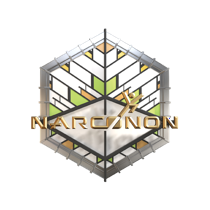Saving a Life – How We Can Use Technology and Other Innovations to Prevent Overdose Deaths
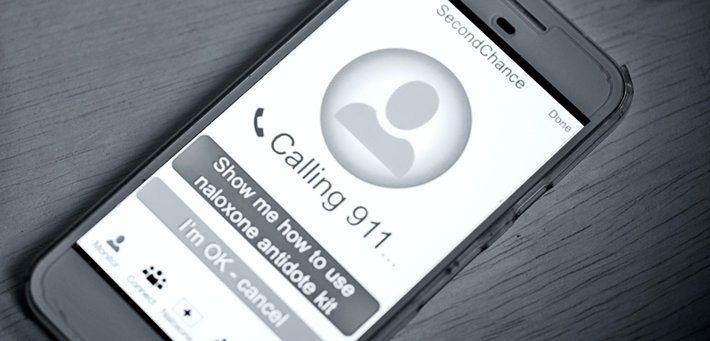
They say there’s an app for everything now, and if that’s not yet true, we’re probably getting there. Technology has expanded so immensely in the last 2-3 decades that even the sky is no longer the limit in how far we can go. So why not tap into this goldmine to address the drug problem? Why not use technology to prevent drug overdose deaths, now the leading cause of accidental and injury-related death?
A Smart Phone App Designed to Detect Overdoses
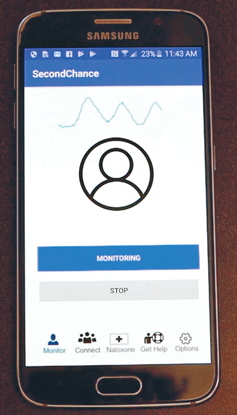
A research team at the University of Washington developed an app called “Second Chance”. The app is designed to detect the early signs of an overdose in the critical minutes after an addict uses opioids. The app can be installed in most cell phones. The user’s cell phone has to be out of their pocket and within three feet of them for it to work properly.
The main reason why people die from opioid overdoses is that no one was aware of their overdose and hence no one was available to help them. An opioid overdose is easily reversible, but someone has to know that it is happening. The Second Chance app could be the solution.
According to The Star Online, “They [the University of Washington] designed an app that measures how someone’s chest rises and falls to see if they’re slipping into the slow, shallow breaths of an overdose or stop breathing completely. The software converts the phone’s built-in speaker and microphone to send out inaudible sound waves and record how they bounce back. Analyzing the signals shows specific breathing patterns.”
“The software correctly identified breathing problems that could signal an overdose—seven or fewer breaths a minute, or pauses
in breathing—90% of the time.”
The University of Washington did their own news piece on the Second Chance app, discussing the test results of the app. According to their author, “The software correctly identified breathing problems that could signal an overdose — seven or fewer breaths a minute, or pauses in breathing — 90% of the time.”
The researchers tested their app in both drug use settings at “safe” injection sites in Canada, as well as in anesthesia administration settings in American hospitals. Under both test settings, the app performed quite well. The goal of the app when used in America will be to save lives, followed by directing saved addicts into addiction treatment for further care.
An Overdose Prevention App Wins FDA Contest
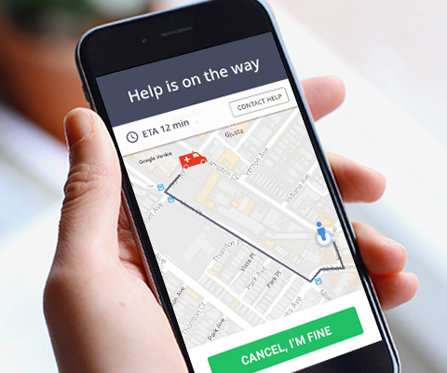
The Second Chance app is not the only one of its kind. Another app called “OD Help” won the Food and Drug Administration’s contest in 2016. This was a contest for creating an app which could help address the country’s opioid overdose problem.
In 2016, the FDA held a friendly competition, beseeching tech wizards in Silicon Valley to innovate an app which could help connect overdose victims with person’s carrying naloxone.
At this time, millions of family members of addicts nationwide, not to mention police officers, medical staff, other first responders, teachers, and good Samaritans alike are carrying naloxone in the event that they might come across an ODing addict.
The only problem is, an addict could be ODing in the next room to someone with naloxone, and the person might never know it. But what if there could be a way to connect individuals ODing with persons who had naloxone on them? That’s where OD Help comes in.
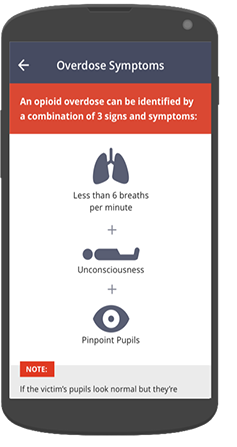
OD Help is designed to interface with a breathing monitor. When the breathing monitor indicates that an addict’s breathing has receded below normal levels (the first sign of an overdose), the app sends out an alert to anyone nearby who has the app and a dose of naloxone on hand. The app alerts the individual with the naloxone to the addict’s location, even providing a map and directions on how to get there.
The person can rush to the addict’s location, administer naloxone, and hopefully save a life. The next step is to bring the addict to a hospital, to monitor them and review their vital signs. Then, the addict, now revived and medically okay, can be directed to an addiction treatment center to start in on a recovery program.
Former FDA Commissioner Dr. Robert Califf commented on the need for better overdose reversal tools, saying that “With a dramatic increase in the number of opioid overdose deaths in the U.S., there’s a vital need to harness the power of new technologies to quickly and effectively link individuals experiencing an overdose with someone who carries and can administer the life-saving medication.”
Dr. Peter Lurie, an FDA associate, spoke on the matter as well, pressing on the importance of connecting naloxone carriers with ODing addicts. He said that “Minutes matter in overdoses. We want to ensure naloxone is being used as efficiently as possible. Overdoses usually happen within a community, and we need to take advantage of the people nearby who are carrying the antidote. The goal for the app is to give supply to the demand.”
Naloxone was not created so that addicts could survive an overdose and then go right back to using. So in that same token, we need to make sure that these apps and other technologies will follow in that same pattern. Using apps and overdose reversal medications has to be the first step to getting the addict help through a qualified addiction treatment center.
The Need for More Solutions to Drug Overdoses
The biggest concern in the addiction crisis right now is the sheer number of people who are dying from drug overdoses. Opioid overdoses, in particular, are the biggest factor in the loss of life. According to the Centers for Disease Control and Prevention, more than 700,000 people have died from drug overdoses since 1999, with about 70,200 of those deaths occurring in 2017 alone.
Opioids are the real, lethal factor here. They are responsible for the majority of drug overdoses, hence the above apps and other technological solutions are directed at opioids. The CDC says that 130 people die from opioid overdoses every day. Just shy of 400,000 people have died from opioid overdoses since 1999.
We have to remember that getting these people the help they need is the primary goal here. We don’t want to err on the side of harm reduction techniques (like the safe injection sites mentioned earlier) and simply use these apps to save lives and then do nothing else.
The overall mission must be to get addicts into treatment centers and recovery programs. Saving their lives won’t make a difference if they merely go back out and use drugs again. We have to get them help, and using technology is a great place to start.
Apps and technological innovations like the ones mentioned above would be a real boon in addressing the lethal addiction crisis occurring in our country, especially if the apps could be used to also help addicts find treatment. That part is important too.
So many people are dying from drug overdoses that this problem is now a national public health emergency. Apps and technological advancements won’t solve the problem for us, as the real solution lies in getting these poor souls into an inpatient drug and alcohol addiction treatment center. But these apps will help save lives, and that means everything to us.
Sources:
- https://www.thestar.com.my/tech/tech-news/2019/01/10/experimental-app-might-spot-drug-overdoses-in-time-to-help/
- https://www.modernhealthcare.com/article/20190109/NEWS/190109908
- https://www-m.cnn.com/2016/09/22/health/fda-heroin-app-competition/index.html
- https://www.cdc.gov/drugoverdose/epidemic/index.html
Reviewed and Edited by Claire Pinelli, ICAADC, CCS, LADC, RAS, MCAP


